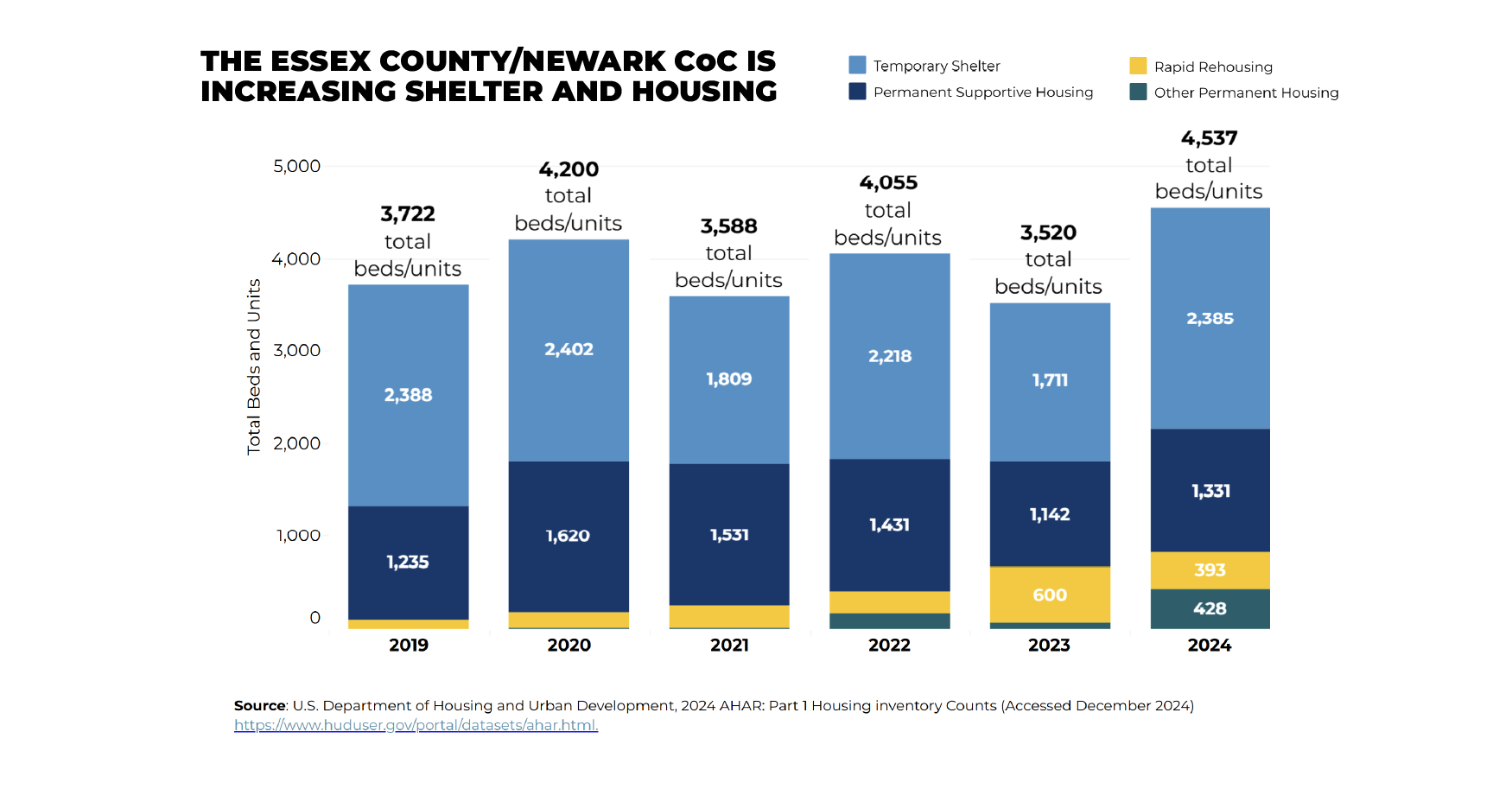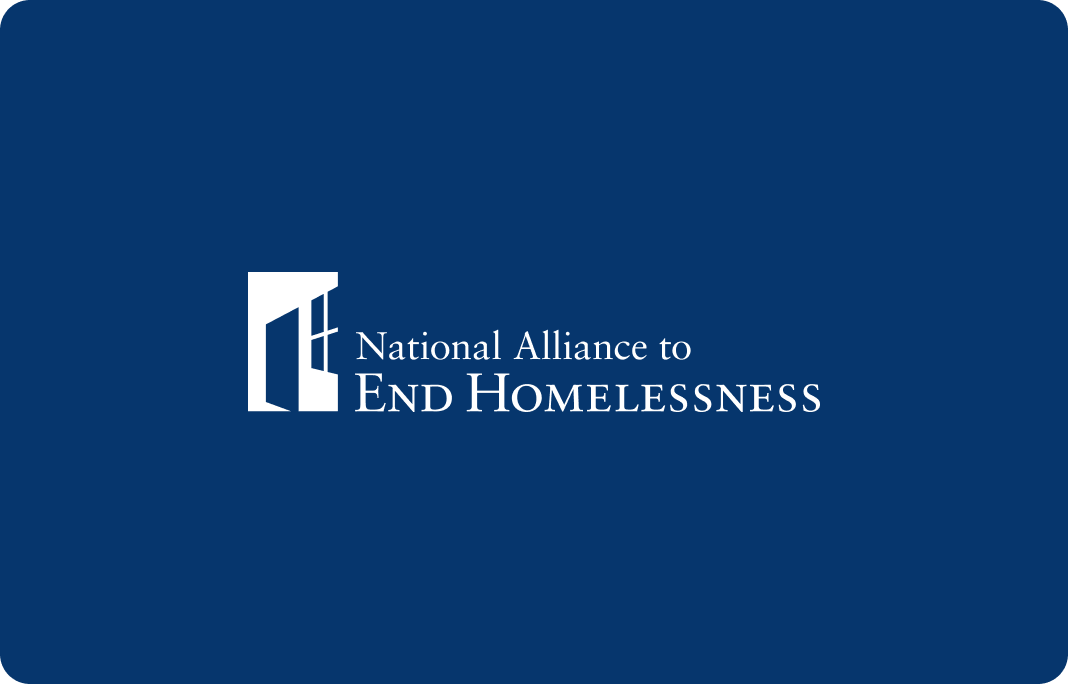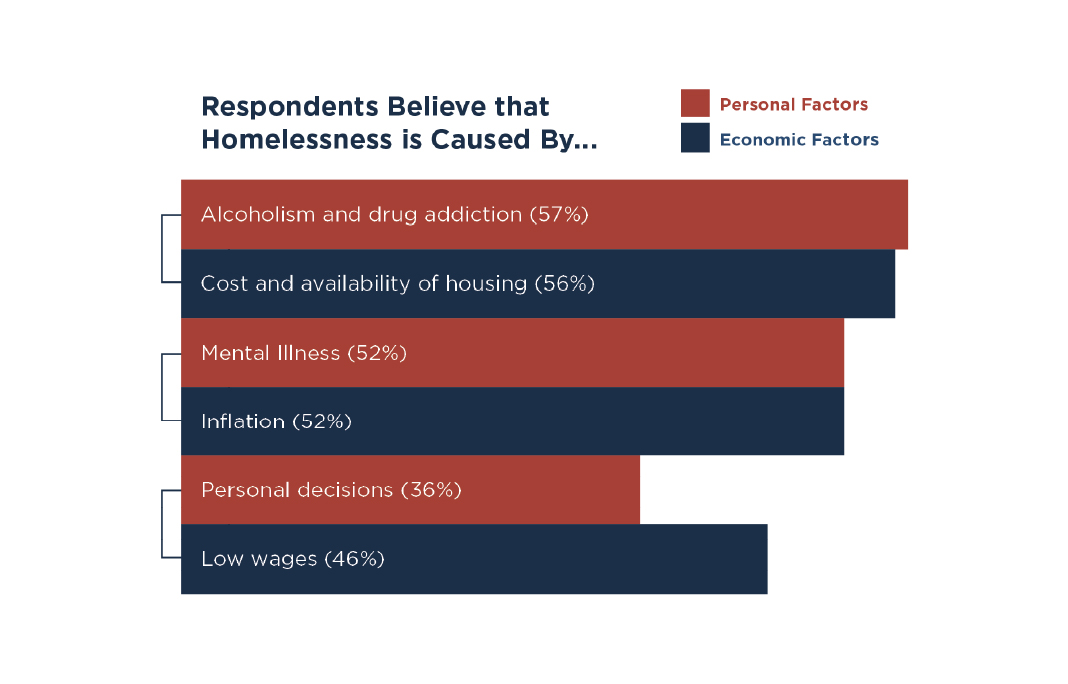In 2015, largely due to increases in their unsheltered homeless population, three communities, Seattle/King County, WA, Portland, OR, and the State of Hawaii officially declared a homelessness state of emergency (SOE); Los Angeles has also stated its intent to declare. San Diego has had an SOE in place since 2002 due to a severe shortage in affordable housing. Three other communities have declared either a housing or shelter crisis, including San Jose, CA, Eugene, OR, and Oakland, CA. Declaring an SOE with respect to homelessness has not been a common strategy in the past.
A State or local SOE refers to a crisis or disaster in which a government suspends normal procedures to takecr urgent action. In the current homelessness SOEs, this has meant using funds more flexibly, reducing regulatory barriers, and/or devoting additional funds to the problem. SOEs can also have the effect of generating a sense of urgency and creating public and political will to move quickly within the jurisdiction. Declaring an SOE does not compel the Federal government to take any action or provide any resources.
Although homelessness has always been crisis, the jurisdictions that have recently declared homelessness SOEs have done so noting that the situation has become more urgent in their jurisdictions. However, there are skeptics who are concerned that such declarations will not lead to significant investments and hence will just amount to open-ended political statements.
This brief will describe the homelessness SOEs that have been declared since October 2015, note the national implications, and reflect on how other communities should view SOEs.
What SOEs Do
While declaring homelessness an SOE is a relatively recent approach, overall, these communities have used the declarations to the following ends (varies by community):
- Reduce bureaucratic barriers, such as bypassing zoning requirements, which has allowed for a quicker ability to use city-owned property to open and maintain shelter;
- Suspend statutes and regulations for the purpose of facilitating contracting with private providers of homeless services;
- Prioritize homelessness as an issue, redirect funds and foster interagency collaboration;
- Determine the amount of funding needed to urgently expand emergency shelter for various populations; and
- Highlight affordable housing issues, the urgent need for additional permanent housing options and resources to expand mental health services.
Jurisdictions Declaring SOEs on Homelessness or Emergency Housing Crisis
State of Hawaii
In October 2015, Hawaii became the only State to declare an SOE for homelessness. Governor David Ige’s emergency proclamation cited the State’s high point in time count, including the rates of unsheltered people as the primary reason for declaring. The SOE identified specific and immediate actions, including:
- Construction of temporary shelter for homeless families ($750,000);
- Extension of existing contracts for homeless services;
- An increase in funding (by $1.3 million) for programs that promote permanent housing; and
- A supplemental proclamation for greater coordination among State, county, and private agencies and aligned State resources.
The Governor has extended the emergency proclamation through February 26, 2016, to allow the State and counties more flexibility in their efforts to complete their work on constructing shelters, housing, and other projects to address homelessness.
Portland, OR
In October 2015, Mayor Charlie Hales and the Portland City Council declared homelessness a SOE due to the high unsheltered homeless population. He used the declaration to implement the following:
- Commit an initial $20 million, with an additional $10 million in county dollars to support homeless services;
- Created a process to waive portions of the zoning code;
- Waived procurement rules to allow for fast, direct allocations;
- Quickly convert a former Army Reserve building into an emergency shelter for 200 women in just a few months; and
- Educate and foster community support for addressing homelessness.
The City believes that the declaration has changed the tenor of the conversation, and raised visibility of the issue, both locally and nationally, which has resulted in on the ground action.
A Joint Mayoral Call for Action: In December 2015, mayors from Portland, Seattle, Los Angeles, Eugene, and San Francisco announced the creation of the West Coast Alliance of Mayors, tasked with, “elevating the importance of homelessness and housing in their communities and among their Federal delegations.” As part of their efforts, the mayors have committed to focus on data collection and sharing and dissemination of best practices. The mayors have also requested that the Federal government increase funding for affordable housing development; funding for rent assistance and supportive services for homeless people; and the flexibility of relevant Federal regulations.
Seattle and King County, WA
In November 2015, Seattle Mayor Ed Murray, and King County Executive, Dow Constantine, declared homelessness a SOE, citing the more than 45 people who have died on the streets in 2015 and 3,000 homeless children in Seattle public schools over the course of the year. As part of the declaration, $7 million in city dollars and $2 million in county funds have been added to the annual $80 million the City and County spend on homelessness. The new funds will support the following activities:
- Quickly move people through the emergency shelter system into permanent housing;
- Outreach for health and safety services to unsheltered homeless people;
- Support additional capacity for data collection and analysis;
- Develop new shelter beds;
- Waive zoning codes outside of the normal budget process;
- Provide new housing vouchers for those exiting Drug Court;
- Increase mental health treatment for high-need youth in housing programs; and
- Increase incentives for landlords to rent apartments to homeless veterans.
Both the City and County have called for State and Federal level action on affordable housing, behavioral health services, and homelessness. In addition, the County recent released a new plan to address homelessness, All Home.
Eugene, OR
In October 2015, Eugene, OR declared a housing and homelessness crisis, citing the county’s shortage of affordable housing and high point-in-time count. The declaration directs the City to:
- Explore options for the creation of short-term shelter spaces for the homeless;
- Convene a workgroup of State agencies, local governments an service providers to address the issue; and
- Appropriate additional funds for homelessness and housing.
San Jose, CA
In December 2015, San Jose, CA declared an emergency housing crisis in response to the rising unsheltered population and potential for severe winter weather conditions from El Nino. Through the declaration, the City Council approved the following actions:
- Direct over $400,000 to develop four overnight warming facilities during times of inclement weather; and waive requirements related to use of public land for the purposes of emergency shelter, such as community centers, libraries and other facilities owned by the city as well as requirements related to places of worship being used as shelter.
Oakland, CA
In January 2016, Oakland, CA declared a shelter crisis in response to the high unsheltered population and limited affordable housing. The City also cited the growing number of unauthorized homelessness encampments. The ordinance:
- Removes planning, zoning, building, or other permit requirements for the interim establishment of emergency shelters.
Los Angeles, CA
In September 2015, Mayor Eric Garcetti released a motion to declare a homelessness SOE in Los Angeles, CA. To date, the City has not officially declared an emergency.
Does it require an emergency proclamation for a community to take urgent action on homelessness?
Salt Lake City has taken immediate steps on homelessness without an official emergency declaration.
Salt Lake City – In late 2014, the Mayor of Salt Lake City, Ralph Becker, created the Homeless Services Site Evaluation Commission, with a goal of developing a plan to address community concerns about the increase in unsheltered homelessness in the downtown area. This commission was led by business leader Gail Miller and former Mayor Palmer DePaulis and included nearly 30 individuals representing the private sector, policymakers, providers, and advocates. Throughout a year-long process, the Commission built consensus on a comprehensive model to address the individual needs of the homeless in small scattered site resource centers or shelters that could be located in neighborhoods throughout the Salt Lake City and County area.
By reducing the size and scale of the facilities, the Commission felt that smaller resource centers and shelters would not negatively impact or overwhelm any neighborhood or business community. The Salt Lake County Mayor Ben McAdams, along with the Commission, has requested $27 million from State lawmakers to support the Commission’s plan. The business community is also committed to raising private funds to support the effort. During the next year, the Commission will continue to develop specific plans for the shelters and work with local jurisdictions and neighborhood councils on location and design. The Commission has demonstrated that even without an SOE declaration, a community can generate urgency around a response to homelessness through effective consensus building, stakeholder involvement, and a holistic and sustainable approach to the issue.
Federal Implications of State and Local SOEs
While the Federal government can, of course, declare SOEs, it is important to note that it is not compelled to assist in State and local emergencies. There are, however, two areas of Federal action which may be germane.
The Robert T. Stafford Disaster Relief and Emergency Assistance Act of 1988, or the Stafford Act, provides the Federal government with the legal authority to designate financial and other assistance to States during declared major disasters and emergencies. These must, however, be linked to a natural or other physical disaster such as floods or fires. However, there is an extensive disaster infrastructure at the local level that has expertise in disaster response and may be able to inform local decisions on how to increase access to temporary shelter, or bring health care services to people who are unsheltered, among other actions.
The Public Health Service Act can be used to declare public health emergencies with the appropriate epidemiologic evidence. Research demonstrates that homelessness can have a direct and deleterious impact on health. The Public Health Service Act provides the legal authority for the U.S. Department of Health and Human Services to determine that a public health emergency exists and to provide Federal support to address the crisis and assist communities in their response activities. While considering homelessness in and of itself as a public health emergency has not yet been tested, in the past there have been homeless public health emergencies in which the Federal government has provided assistance to communities, such as tuberculosis outbreaks among sheltered homeless populations.
Community Perceptions of SOEs
While calling an SOE will not automatically increase resources, for the communities described above that took this path, it seems to have garnered local attention and leveraged resources in a new way that may impact outcomes. There are also examples of communities that have recognized the crisis and responded with a similar sense of urgency and approach without calling an SOE. For communities facing similar issues, below (and Box 1) are some important strategies that can help address the crisis.
In the cases of communities who have declared, many have cited that declarations provided an opportunity to create strong political will, generate community support and engage stakeholders toward action. They also increase the ability to quickly raise local funding for immediate action and provide a tool to remove significant legal barriers, in some cases, by-passing zoning requirements and procurement rules. With these factors in place, communities hope to move quickly to address at varying levels, a housing and homelessness crisis.
Declaring a Homelessness Emergency: Checklist of Key Questions for Communities to Consider
- What are clear actionable goals that could be formulated in an emergency declaration that could address the immediate homelessness crisis in the community?
- What are key barriers preventing action on homelessness and how could an emergency declaration address these?
- Who are the key partners and stakeholders who will need to be involved in the declaration and urgent actions to address a local homelessness crisis?
- What are legal issues locally that may impact the ability for a community to declare an emergency? How, if at all, could an emergency declaration be used to address legal barriers to providing immediate homeless services (i.e., waiving zoning or procurement rules)?
- What are the gaps in existing resources that need to be addressed and what is the appropriate combination of crisis services and housing interventions that need to be scaled?
- How could an emergency declaration be used to both address urgent needs as well as be aligned with long term community goals to end homelessness?
- How will existing coordinating bodies such as Continuums of Care be involved in deploying any new resources or delivering enhanced responses?
- What is the level of local control in terms of taking action on homelessness?
While additional emergency shelter, as well as shelter that is low-barrier and provides longer hours, is an obvious need for communities who have seen significant increases in their unsheltered homeless populations, affordable housing, supportive housing, physical and behavioral health services, and enhanced outreach should also be a primary focus of additional emergency funding. It is also critical that communities develop a coordinated approach (i.e., cities, counties, States working together) to incorporate long term solutions to addressing homelessness with emergency funds.
An additional resource from the National Health Care for the Homeless Council: Homeless States of Emergency: Advocacy Strategies to Advance Permanent Solutions, is available at www.nhchc.org.
Stay Updated: Solutions, Stories, and Ways to Make an Impact
Sign up to receive updates on the Alliance’s work, including the latest research, advocacy efforts, and real stories of progress — plus ways you can help drive lasting change.













